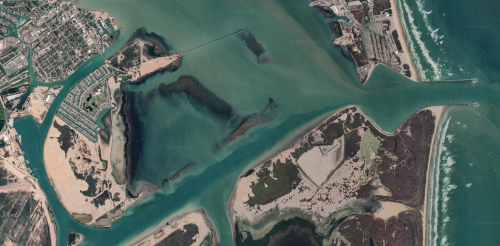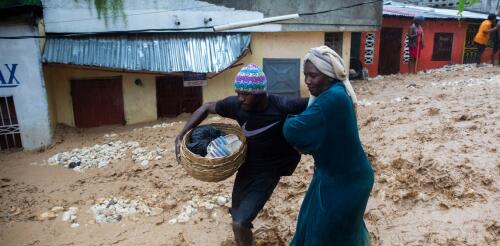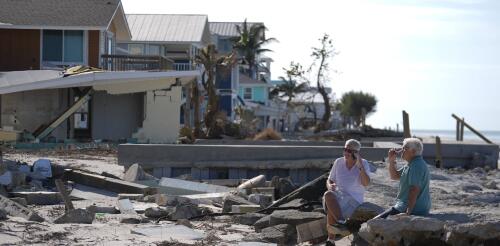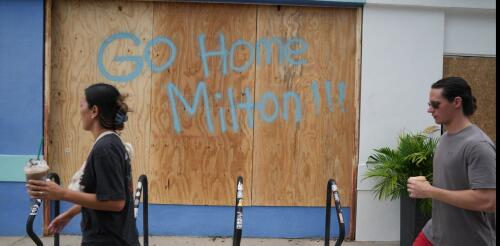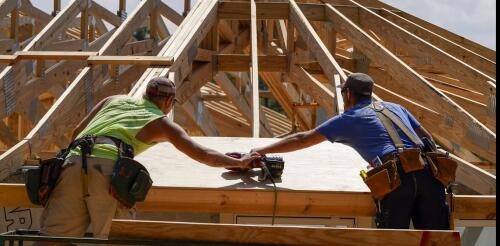Extreme weather
Centuries ago, estuaries around the world were teeming with birds and turbulent with schools of fish, their marshlands and endless tracts of channels melting into the gray-blue horizon. Fast-forward to today, and in estuaries such as New York Harbor, San Francisco Bay and Miami’s Biscayne Bay – areas where rivers meet the sea – 80% to 90% of this habitat has been built over. The result has been the environmental collapse of estuary habitats and the loss of buffer zones that helped protect cities from storm surge and sea-level rise. But the damage isn’t just what’s visible on land. Below the surface of many of the remaining waterways, another form of urbanization has been slowly increasing the vulnerability of coastlines to extreme storms and sea-level rise: Vast dredging and engineering projects have more than doubled the depths of shipping channels since the 19th century. Side-by-side illustrations sho...
Long before colonialism brought slavery to the Caribbean, the native islanders saw hurricanes and storms as part of the normal cycle of life. The Taino of the Greater Antilles and the Kalinago, or Caribs, of the Lesser Antilles developed systems that enabled them to live with storms and limit their exposure to damage. On the larger islands, such as Jamaica and Cuba, the Taino practiced crop selection with storms in mind, preferring to plant root crops such as cassava or yucca with high resistance to damage from hurricane and storm winds, as Stuart Schwartz describes in his 2016 book “Sea of Storms.” The Kalinago avoided building their settlements along the coast to limit storm surges and wind damage. The Calusa of southwest Florida used trees as windbreaks against storm winds. In fact, it was the Kalinago and Taino who first taught the Europeans – primarily the British, Dutch, French and Spanish – about hurricanes and storms. Even the word ‘hurri...
In a pattern all too familiar to people affected by disasters, hurricanes Helene and Milton have disappeared from the headlines, just a few weeks after these disasters ravaged the Southeast. Although reporters have moved on, recovery is just beginning for people who were displaced. According to government and private analysts, damages may exceed US$50 billion apiece for these two storms. The Red Cross estimates that over 7,200 homes were destroyed or severely damaged and that more than 1,200 people were living in shelters across the affected states as of late October 2024. Staffers from the Federal Emergency Management Agency have been on the ground since before Helene and Milton hit, positioned to help as soon as the storms passed, along with state and local responders. But many people aren’t clear about how FEMA helps or what its responsibilities are. This may be one reason why the agency has had to dispel rumors about its response to Helene in North Carolina, such as...
As TVs across Florida broadcast the all-too-familiar images of a powerful hurricane headed for the coast in early October 2024, people whose homes had been damaged less than two weeks earlier by Hurricane Helene watched anxiously. Hurricane Milton was rapidly intensifying into a dangerous storm, fueled by the Gulf of Mexico’s record-breaking temperatures. Many residents scrambled to evacuate, clogging roads away from the region. Officials urged those near the coast who ignored evacuation warnings to scrawl their names on their arms with indelible ink so their corpses could be identified. The two hurricanes were among the most destructive in recent memory. They are also stark reminders of the increasingly extreme weather events that scientists have long warned would be the consequence of human-driven climate change. Still, many people deny that climate change is a worsening threat, or that it exists at all. As its impacts grow more visible and destructive, how is this pos...
As Florida and the Southeast begin recovering from 2024’s destructive hurricanes, many people are asking: How can we rebuild sustainably and in a way that avoids the same damage, costs and trauma in future storms? There are proven ways to strengthen homes that pay off in the long run, such as installing hurricane straps to tie down roofs in coastal areas. But while homeowners have a clear desire to build safer and more resilient homes, they often run into roadblocks. As a civil engineer and a regulatory expert, we have been working with communities as culturally and politically different as Hawaii, Colorado, Alaska and Puerto Rico as they recover from disasters to understand what stands in the way of a sustainable, resilient recovery. Up-front costs have played a big role in how these communities recover, but so have homeowners’ and builders’ perceptions – and misperceptions – about costs and regulations. Up-front rebuilding costs After a disaste...
